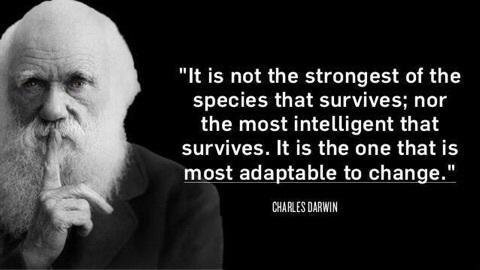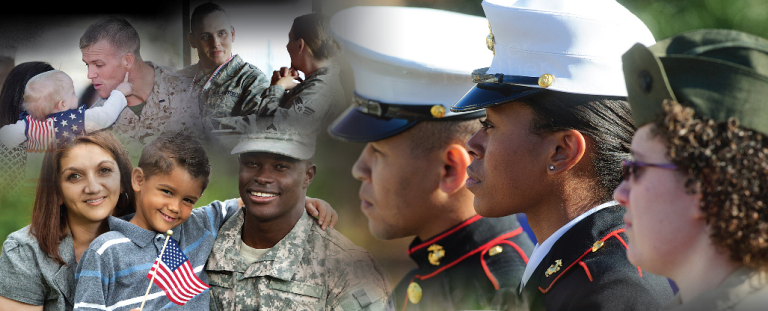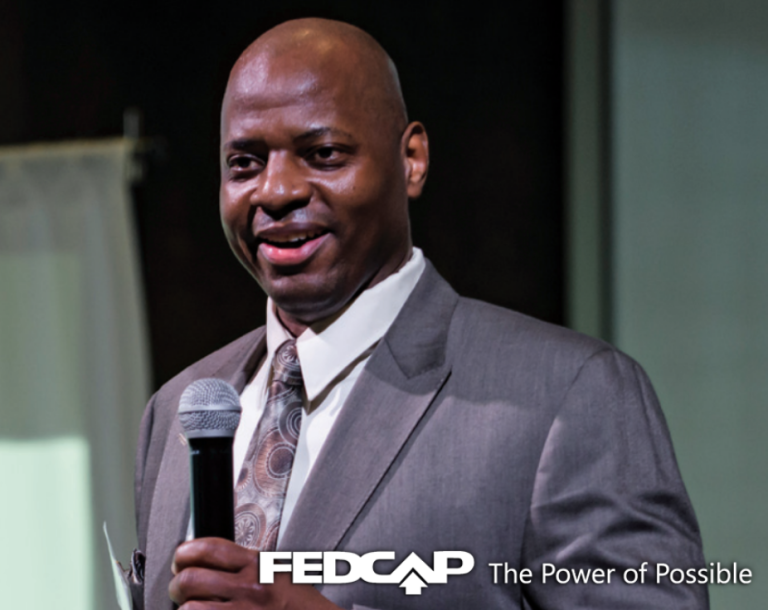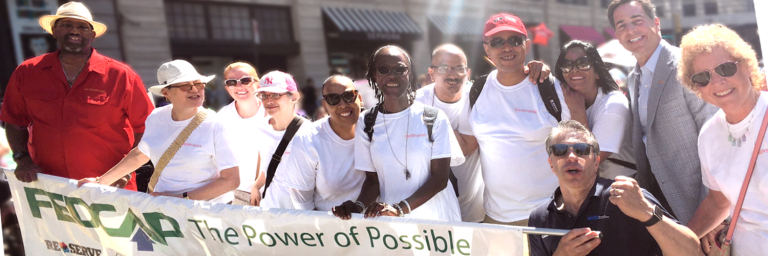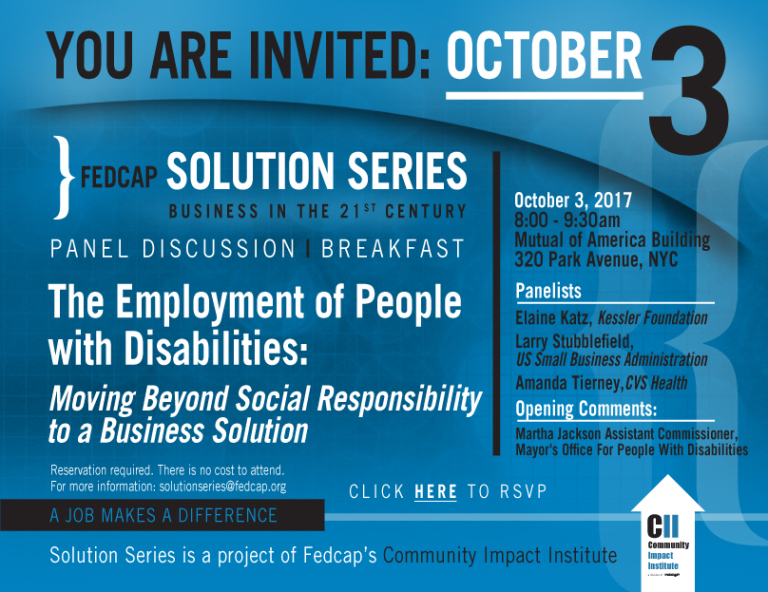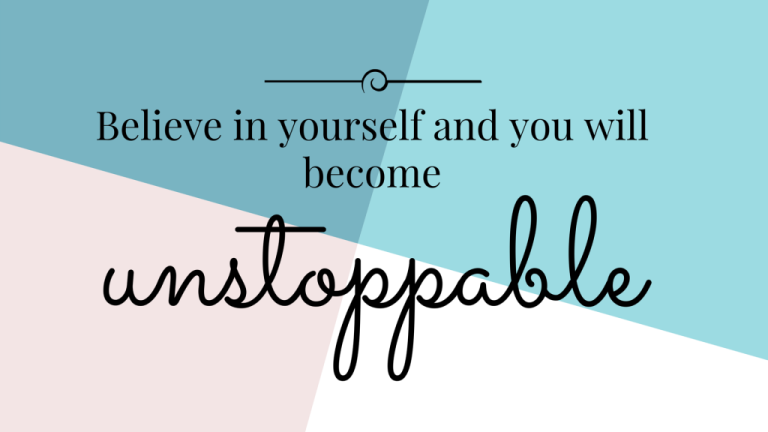Cultivating a Strategic Thinking Habit
I love to scratch things off the to-do list. It is tempting (and easy) to deal with what’s directly in front of me—I feel accomplished and as if I have actually executed on something and achieved it. And then it’s on to the next thing.
Scratching tasks off the list is great, but as a leader, I know I need to be spending the majority of my time thinking strategically—and doing things that are most strategic for my organization. To be a strategic leader and thinker, and to lead other strategic leaders and thinkers, there are a few key traits I try to cultivate and that I look for in my leadership team. These are not necessarily traits that can be easily scratched off a list.
The first is critical thinking. Critical thinking means challenging the status quo and basically questioning everything. It means looking at the root cause of whatever problem needs to be solved and asking how it became a problem in the first place, why it is a problem, what the consequences are, and what the long-term results will be. It means flipping orthodoxies—meaning questioning even the most basic premise–and determining if there is a better way. It means being creative—often wild—in thinking beyond the boundaries of what is. No question is too much. No solution is too crazy (at least at first).
Another trait is the ability to anticipate. You don’t drive a car forward by looking in the rearview mirror. You look ahead and you look from side to side to see what is in your peripheral vision. The same is true as you think strategically. You look ahead—always—and you watch what’s coming around the corner. What are the political trends? What social trends are creating a force beyond your immediate vision? What is happening with the life of foundations that might affect your funding? What risks might you encounter that you haven’t yet anticipated?
A strategic leader also needs courage. This means anticipating and managing risk. It means naming the “elephant” in the room and bringing tough things to the surface. It means being willing to stand alone in a roomful of dissenters.
And a strategic leader needs to be willing to decide. It’s so easy to get caught up in “analysis paralysis.” By bringing together great critical thinking, well thought-out anticipation, and brave courage, decisions come more easily. And yes, sometimes the decisions will not be perfect so a strategic leader must be willing—and able—to pivot. And even if a decision is not perfect, it’s okay to move to a decision that is good enough.
What other characteristics do you think can help cultivate a strategic approach to leadership? As always, I welcome your thoughts.


